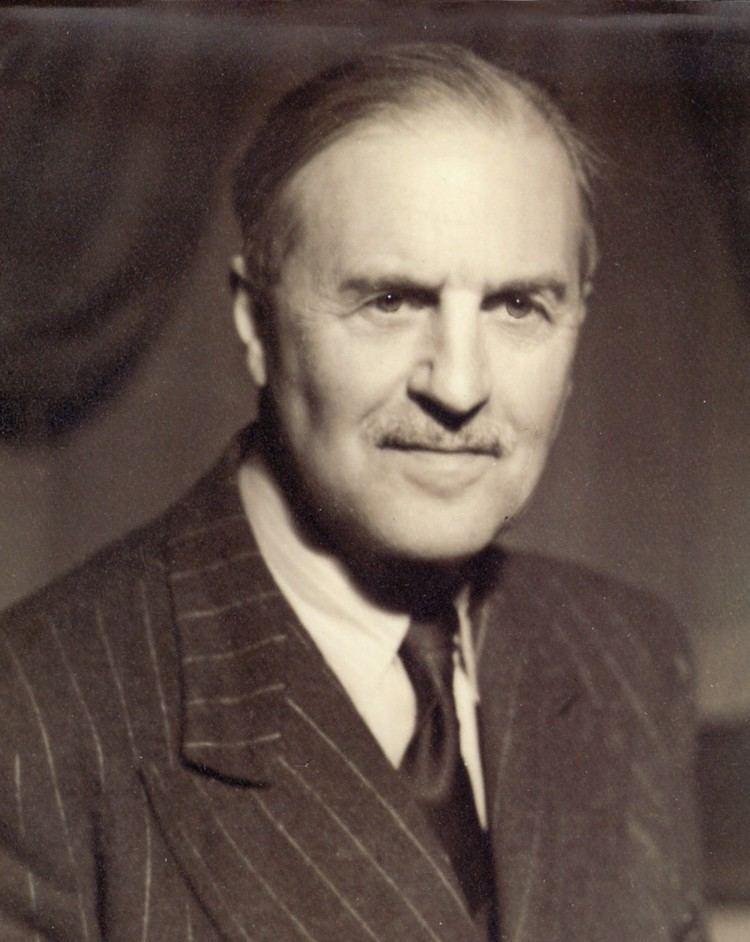Name Arnstein Arneberg | Role Architect | |
 | ||
Education Royal Institute of Technology Similar Oda Krohg, Magnus Poulsson, Per Krohg | ||
Arnstein Rynning Arneberg (6 July 1882 – 9 June 1961) was a Norwegian architect. He was active as an architect for 50 years and is often considered the leading architect in Norway of his time.
Contents
Personal life
Arnstein Rynning Arneberg was born in Fredrikshald as a son of factory manager Mauritz Otto Edward Arneberg (1845–1913) and Hermione Nicoline Mathilde Rynning (1858–1944). Arnstein Arneberg grew up in Lysaker in Oslo.
In 1910 he married Aagot Kielland Skavlan (1888–1960), a daughter of professor Olaf Skavlan. After the marriage was dissolved in 1923 Arneberg married Eva Elisabeth Reimers (1901–1987). A daughter from the first marriage, ceramicist Gro Skavlan Arneberg, was married to economist and politician Egil Lothe.
Education
From 1899–1902, he was a student at the Royal Drawing School, now the Norwegian National Academy of Craft and Art Industry in Oslo. Arneberg began his education of the architect with employment as assistant to the architect, Alfred Christian Dahl (1857–1940) in Oslo from 1888–1900. Arneberg studied at the Royal Institute of Technology in Stockholm from 1904 to 1906. He also studied with Swedish architects Isak Gustaf Clason, Gustaf Lindgren, and Erik Lallerstedt. In Stockholm, he studied with a group of Norwegian architect students who came to be influential in the academic environment, including Magnus Poulsson.
Career
In 1908, Arneberg established his own architectural practice. He and architect Ole Sverre (1865–1952) worked as partners on Arneberg's earliest works, including a proposal for the royal villa in Voksenkollen in Oslo. As an independent architect, Arneberg's work included a large array of residences, office buildings, churches, railroad stations, and interiors. He is most famous for his work on the Oslo City Hall (with Magnus Poulsson) and interior design of the UN Security Council in New York City. The Viking Ship Museum in Bygdoy, built for the Oseberg ship was completed in 1926. The halls for the ships from Gokstad and Tune were completed in 1932. He also worked on Skaugum, the official residence of the Crown Prince and Crown Princess of Norway.
Awards
Arneberg was one of the first recipients of the Medal of St. Hallvard in 1956 and was awarded the Prince Eugen Medal in 1960. He was named a Commander with Star of the Order of St. Olav and received the King Haakon VII's Jubilee Medal and the King Haakon VII's Commemorative Medal in gold. He was made a commander of the Order of the Polar Star and was elected a member of the Royal Swedish Academy of Arts in Stockholm. The Ostfold Architectural Association named the Arnstein Arneberg Prize in his honor. The prize was first awarded for the 50-year anniversary of the OAF in 2008.
